The Rugby World Cup 2021 was such a glorious showcase for women’s rugby around the world. And now that national teams are back home, a good amount of time will be spent evaluating the past cycle and their performances in New Zealand. There will be comparisons to the other countries and how gaps might be closed or extended, and a big part of those conversations will be: How does our domestic setup support the growth of rugby at the highest level?
For the group that is seeking to revolutionize the Women’s Premier League (WPL), providing an elite competition for Women’s National Team (WNT) players is part of the “Ignite the Change” movement, but it’s not everything. A more comprehensive plan will elevate U.S. women’s rugby as a whole, and that transformation will come as the right leaders in the right roles build toward a sustainable, supportive professional league.
The WPL was last active in fall 2019, which seemed a world away when the competition resumed “post” covid in spring 2022.
“There was a big break between 2019, when the league felt like it was thriving and hitting its stride. Players were invested and everyone knew how to run their own house to a very elite level,” said Sam Luther, who is a WPL board member alongside Ali Gillberg, Naima Reddick and Kitt Wagner Ruiz. “And then covid just lambasted the whole world, and in a lot of ways, we kind of forgot how to be our own self-sustaining entity.”
That knowledge gap developed as players and staff left the WPL with the covid hiatus. During those two-and-a-half years, people relocated, lost and changed jobs, reprioritized their lives. Gillberg indicated that only five Twin Cities players returned from the 2019 season. The Amazons weren’t the only ones with big WPL rookie classes. Teams like Chicago North Shore, ORSU and Atlanta had a lot of indoctrinating to do, too.
Meanwhile, the WPL board had to figure out how a nationwide competition that relied on flight travel could exist in the covid era.
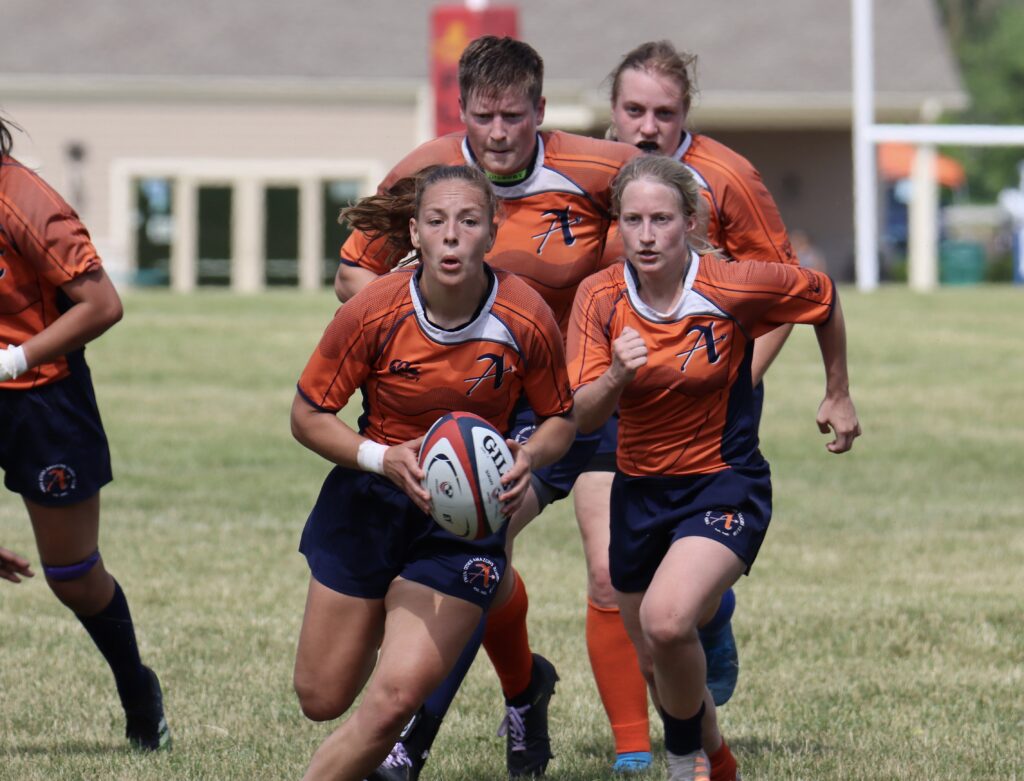
Gillberg, the second supporter / Photo: Calder Cahill
“We were having these conversations of, ‘How are we going to have rugby … without everyone having covid,’” Gillberg remembered. “I was saying how testing is important and Nina messaged me on the side. ‘How many tests do you need?’”
Nina Safane, former member of the WPL, is co-founder of the Girls Athletic Leadership School in Denver, and was running COVIDCheck Colorado during the pandemic. The former Glendale player agreed to help the league form Return to Play policies.
“Six thousand,” Gillberg estimated the number of covid tests needed for the season. “That’s $90,000 worth of tests, so that was out of reach for us.”
But not for Safane, whose company was able to donate the tests.
“That’s the biggest nominal or value in kind donation that we’ve ever gotten as a league,” Gillberg told Safane. “She was like, ‘No, it’s not.’ ‘Yes, it is, and look how easy it was for you.’”
It was easy for Safane, but also a bit disconcerting that the opportunity to help could have been missed if it weren’t for a “right time, right place” situation. The realization spawned broader-reaching thought.
“I am sure this situation is not as unique as it feels – there are so many people who can support the league in all kinds of interesting ways,” Safane said. “This is a pivotal moment in women’s sports, so what if we capitalized on the momentum happening around us in areas like soccer or basketball and applied the same type of thinking to women’s rugby? Let’s make those bigger asks at a strategic, league level – not at the player or the team level. Historically, the burden has fallen on those who want to play and those in our immediate sphere to give more money and more time – but we have an opportunity to approach this from a totally different perspective as a league. … That’s how I fell in with these guys.”
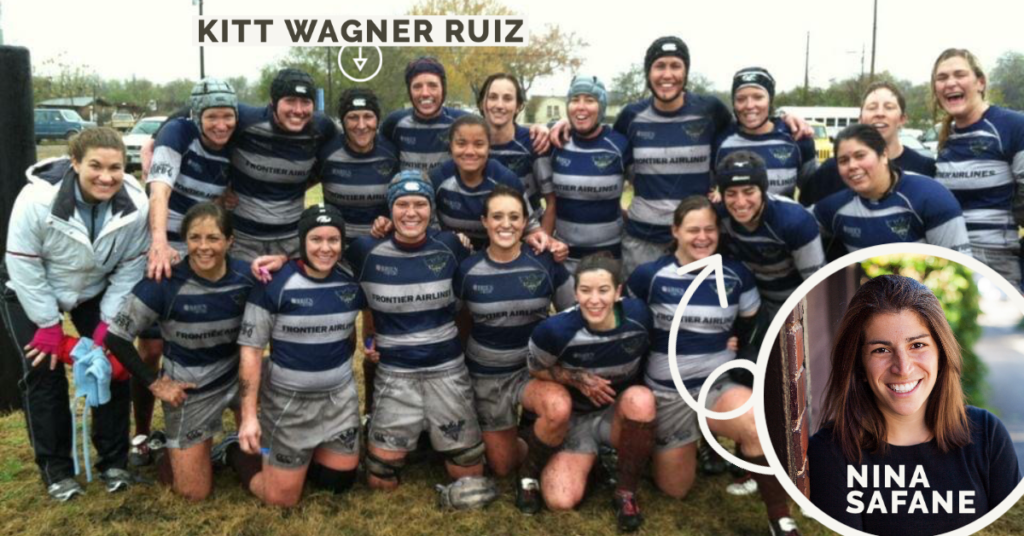
“She says, ‘fell,’” Gillberg interjected, “but we kind of pulled her. Sunk her in with us.”
So while the group worked on resurrecting the league out of its covid hiatus, it simultaneously started conceptualizing its future – a professional league. Because that is the way forward. Kathryn Johnson joined the effort. As a plan began to take shape, the RWC Eagle was instrumental in connecting the group with key resources and contacts to help build relations with potentially key individuals.
“It’s really rooted in that sustainability piece,” Luther said of the driving theme. “Right now, everything is on the backs of the players and teams, and we’re seeing a vacuum of funds and talent [because of it]. So what are the minimal building blocks that we need to adjust right away to put us on a path to develop the game, but also to be accessible, equitable and sustainable across the nation?”
Players leave the WPL because it’s a choice over something else in their lives, whether it’s career, a savings account, personal relationships, family plans, etc. But the vacuum also referred to the Allianz Premier 15s, the pro league in the U.K. Approximately 20 Eagles at the Rugby World Cup were contracted with Prem teams this past season, but Luther cautioned against a copy-and-paste solution for the WPL in the U.S. The Prem doesn’t face issues like in-season, coast-to-coast flights and benefits from a different funding structure, for example.
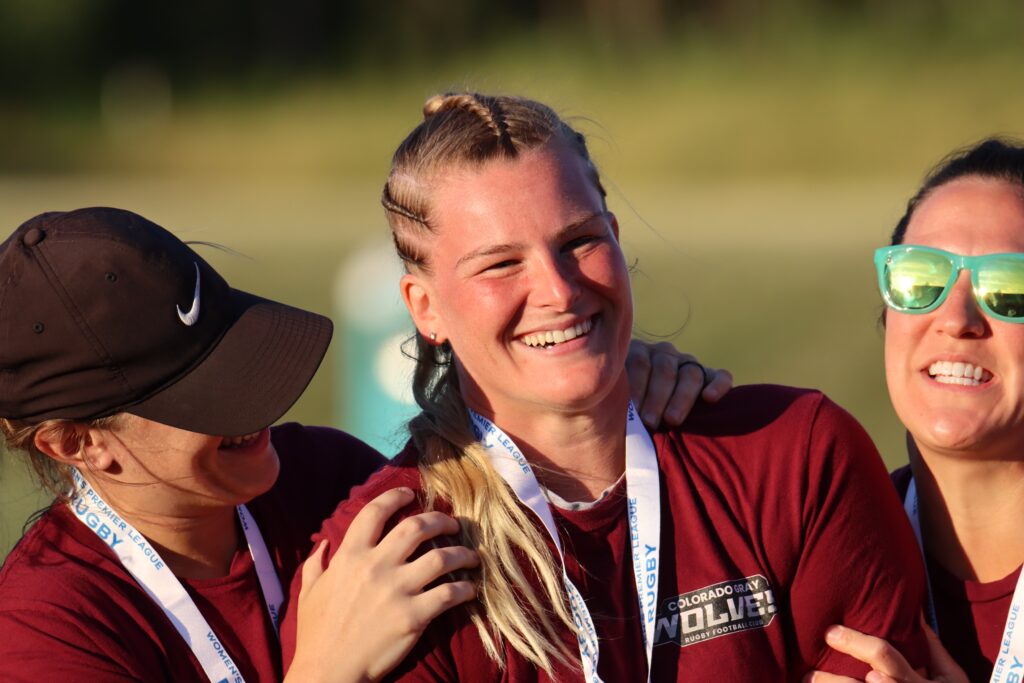
Sam Luther / Photo: Calder Cahill
“Allianz was a factor but not the driving factor,” Luther said of WPL professionalization talks. “Yes, [the WPL] has been a pipeline for USA Rugby forever, and it was designed that way from our founders. But when we look at the future of the WPL it has to be about developing women’s rugby holistically. And if we do it really right – for sure, you’re going to get players who are going to become an Eagle, and they’ll be playing the best rugby possible with players who … have a depth of skill but might not have aspirations to play for the national team.”
The group spoke with the league’s original architects to ensure that their vision resonated with the founding principles. And if the league was going to transform into a pro entity, then it needed both the approval and input of the teams and players. Remember the WPL is for and by its membership. Volunteers flooded the committees and some attainable action items emerged: Change the leadership structure, extend the schedule, redefine the league standards and accountability by enhancing the league agreement.
LEADERSHIP STRUCTURE
Right now, the four-person board is really acting like staff members. They’re doing all the administrative things that make the league run, but that leaves no room for strategic thought, outreach or partnerships – board things.
“You can do ad hoc stuff all day long, but it’s really hard to do that sustainably,” Luther said.
So the first order of business is to elect a true non-profit board that, with the support of a staff layer below it, will have the bandwidth to focus on big-picture items. Job descriptions and application links have been circulated with the hope that players will open up their networks and explore outside of the rugby ecosystem as they consider candidates.
“We’ve got to get broader, because we have untapped resources in our alumni group, people on the periphery of the WPL,” Luther said. “But we just haven’t shared our story well enough to be like, ‘Hi, this is what we’ve been doing in the past, but more importantly, this is what we’re doing in the future.’”
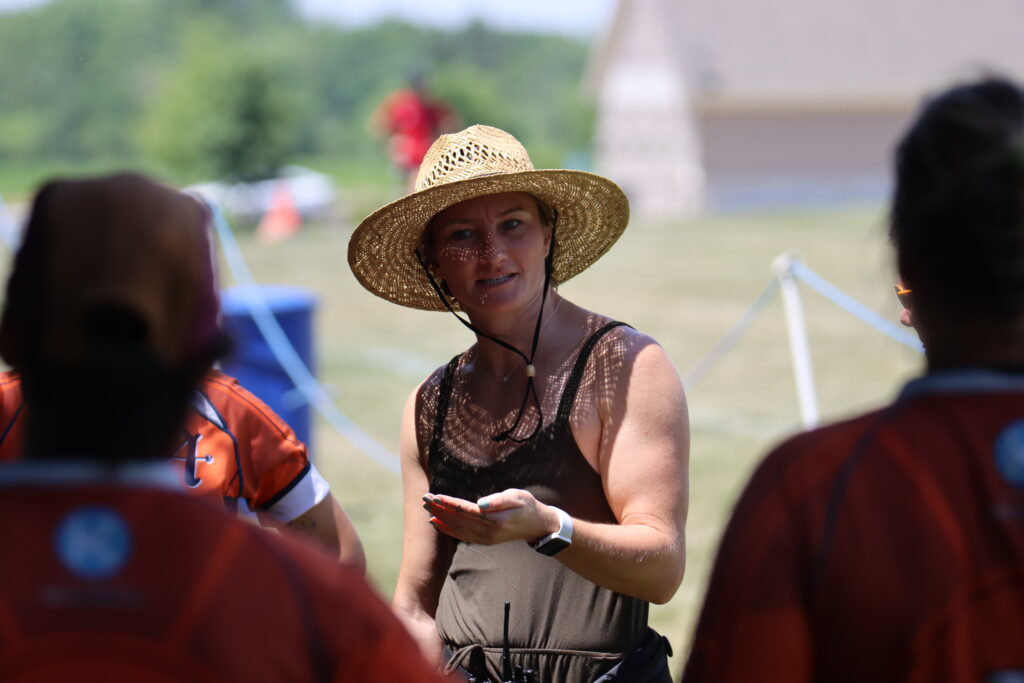
Kathryn Johnson / Photo: Calder Cahill
“And the change in leadership structure will also lend more legitimacy to the WPL as an organization,” Gillberg said. “If you were investing in the WPL today, you’d be investing in me, Sam, Kittery and Nai white-knuckling just to make rugby happen. … We deserve better than that as admin and players and as a country, really.”
What if the league could partner with an airline, hotel chain, rental car, etc., instead of each individual team sorting their own logistics? What kind of bargaining power could the WPL realize as a league? Funding is huge and is arguably the most influential barrier to participation. That component is very much in the beginning stages of development, but conceptually, the board knows where the league could go.
“We have a league made up of an incredible, diverse, cross-country, set of individuals that screams investment opportunity,” Luther said. “But nothing that we’re trying to build, especially in 2023, is meant to be so far reaching that we alienate or force teams out. That’s not the intent. … Leveraging true change management, bringing the players along with us, because it’s for them. We get an opportunity to build it with our legacy in mind, with a foundation that is very beautiful and very special to so many people. We’ve got to find the right balance in Year 1 and we’ve got to get the right people in these roles we’re talking about to unlock the opportunity for the league.”
EXTEND THE SCHEDULE
At present, the WPL season is two-and-a-half months long. That’s just not enough high-level rugby. So while lengthening the schedule sounds counterintuitive to sustainability – more games? more flights? more money!? – it’s a proposal that goes beyond more reps.
“We know it’s key to creating more touch points and development opportunities,” Luther explained. “And while at first glance it might sound really scary to a player … we have the data and know that, today, outside of the WPL season, teams are setting up friendlies that incur costs. So what if we were a little more strategic from an infrastructure point of view, and instead of teams doing all of the legwork to see up three random friendlies, it’s baked into a longer competitive season?”
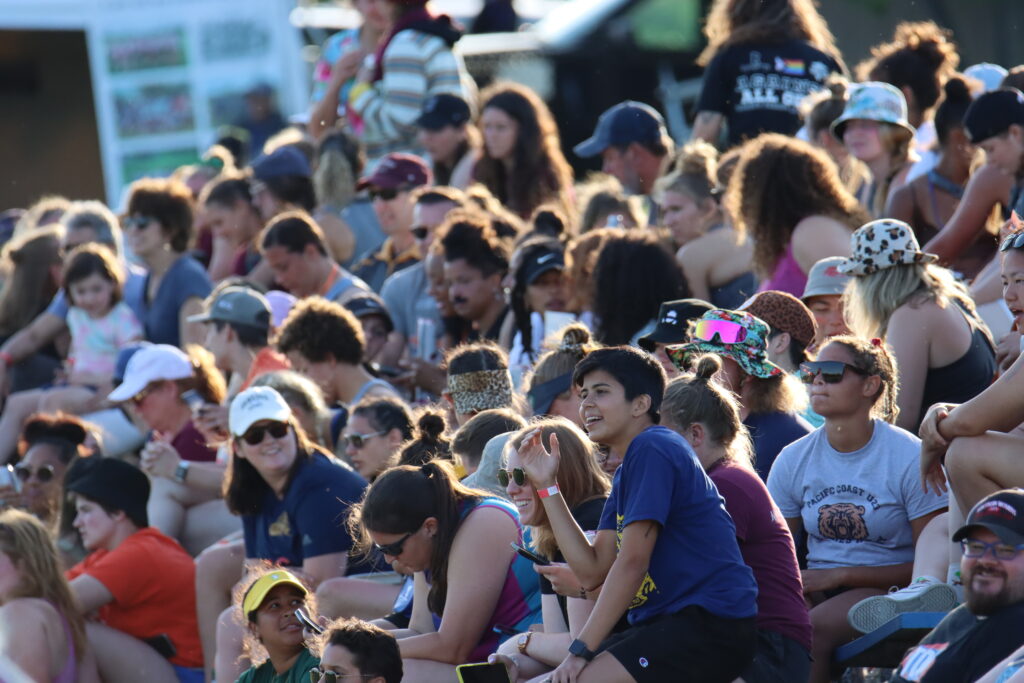
Photo: Calder Cahill
That’s more time for coaches to experiment with different player combinations and to invest beyond the 15-20 players who can help win games. It’s space to invite those who are considering the WPL to test the league. Investment, sustainability.
The third action item is related to the teams’ buy-in: Ensuring members understand the details of the league agreement and that a signature is a commitment. After months of brainstorming with player-fueled working groups, the WPL board presented its proposal for professionalization during the AGM following nationals in June. Teams had to vote on whether to move forward and had three options: Yes, No, and “Yes, this is the way forward, but we’re not sure if our team can commit.”
“The most amazing part is that everyone agreed,” Gillberg said of team votes. “This has been an amazing opportunity having so many people involved in any of these discussions and giving opinions. They want to be involved in – I don’t know a better word – this kind of renaissance, essentially, of what we’re supposed to be and figuring it out together.”
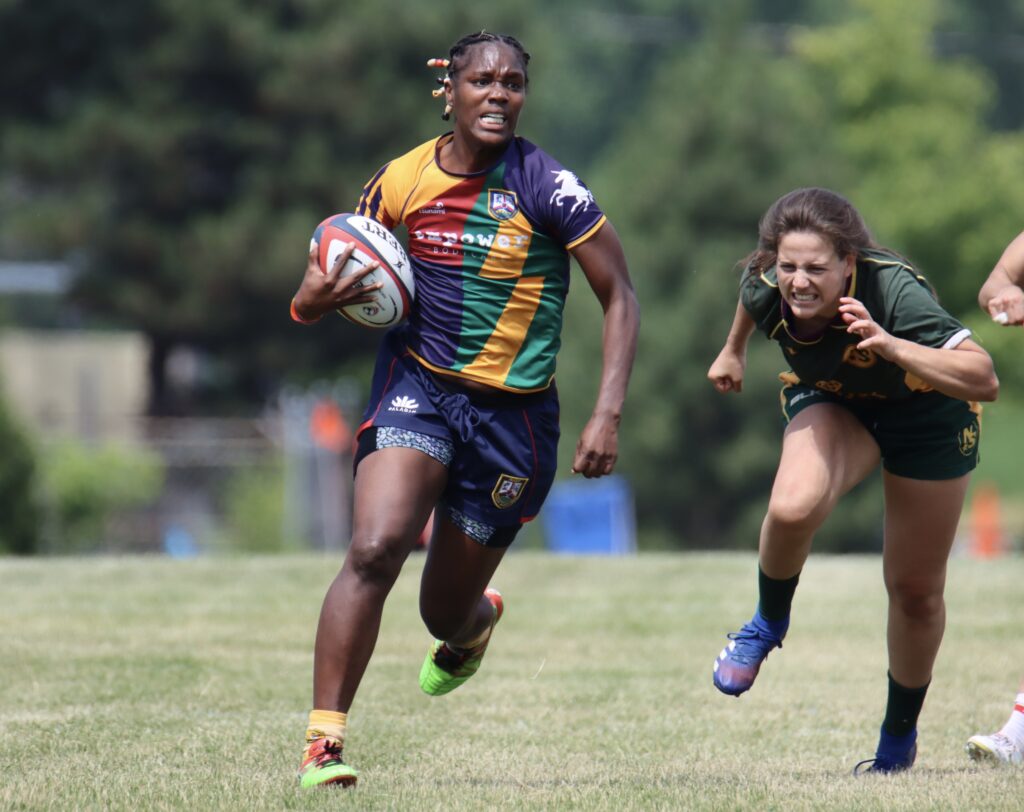
Photo: Calder Cahill
One team did vote in the third “yes, but” category, and the board was grateful for its honesty but also their encouragement to move forward. When the league agreement is sorted and the details of those professionalization pillars are set, then decisions about whether to remain in the WPL will be more informed.
“The fact that teams were all-in is amazing because change is terrifying,” Safane said. “‘We have to have more rugby to have better rugby, but how can players continue to be expected to pay for more with the same level of support and infrastructure?’ At a high level, people can understand that moving in this direction is necessary because it’s the right thing to do for the growth and development of women’s rugby, but that doesn’t make it easy or any less scary in implementation.”
The energy from the board and others who have been deeply involved like Safane and Johnson is palpable, and their belief and sense of purpose are life giving. They’re working for the league but they know their work must extend beyond the current membership.
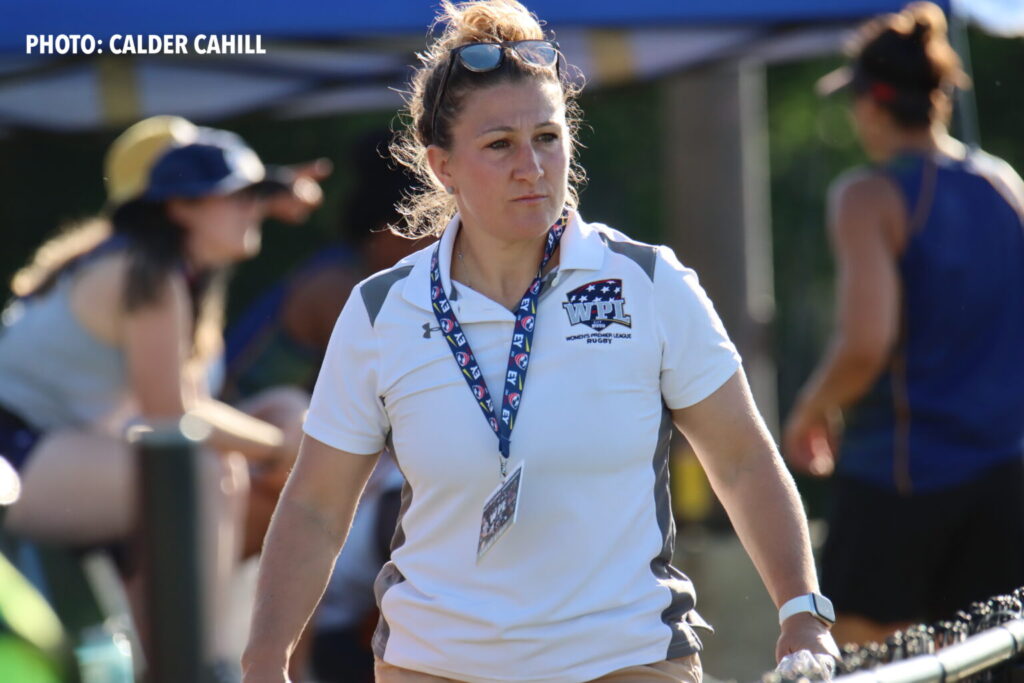
Kitt Wagner Ruiz at 2022 WPL nationals / Photo: Calder Cahill
“Now that I’m in a college program full-time, I’m so excited about the way we’re growing this,” said Wagner Ruiz, WPL co-commissioner and assistant coach with Brown University’s NCAA varsity women’s rugby team. “We have that transition for these athletes who are now in these daily training environments, full-time rugby, who when they leave college are looking for a place to be. They’re looking for that next opportunity and currently it isn’t there. They don’t have that structure to support them as they leave. But that’s what’s happening, it’s part of this adventure. It’s a pathway and it’s exciting.”
“I’m going to sound so cliché here but this is the honest truth: I care deeply about empowering girls and women to take up their space,” Safane said. “That’s what I’ve dedicated the majority of my life and career to thus far and it’s coming full circle with rugby here. … That cycle of empowerment is already happening amidst the league and it’s so exciting and refreshing to see. It’s really hard and exhausting but the renewed energy and spirit that is happening within the league right now is honestly ‘the stuff’ that builds transformative places and teams.”
So while the group looks to fill important leadership roles and ready the league agreement for the 2023 season, it’s also working on those grander items that will elevate the entire U.S. game.
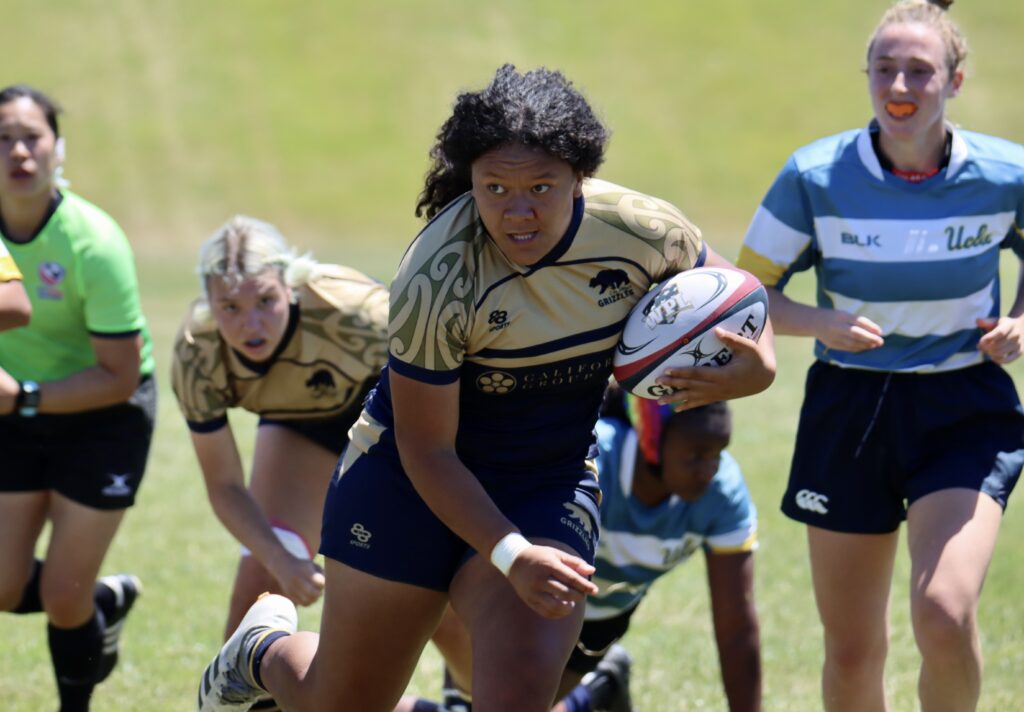
Pacific North U23s / Photo: Calder Cahill
“This isn’t the first effort across the rugby world in the U.S. to make something grander than what it was, but all of those efforts seem to historically be in their own silo,” Luther said. “They work against each other because we go after the same fans, the same donors, the same social media echo chambers. We need to have conversations with key stakeholders within rugby across the board.
“What does the partnership look like with USA Rugby,” Luther posed. “What do the conversations look like with MLR, PR 7s, NCAA programs? The pipeline of women’s rugby – the U23s, the head coach of the [USA] senior side? It’s connecting all of those dots … We’re going to get ‘women’s rugby’ right because we’re part of women’s rugby and understand the landscape better than anyone. But across the board, rugby gets elevated when we get this right. Sharing the story and connecting all the pieces together. Let’s not have the same conversations and problems in pockets all over the place. Let’s fix it as a unit, as an ecosystem.”
So the WPL can become the next WNBA. To be continued …

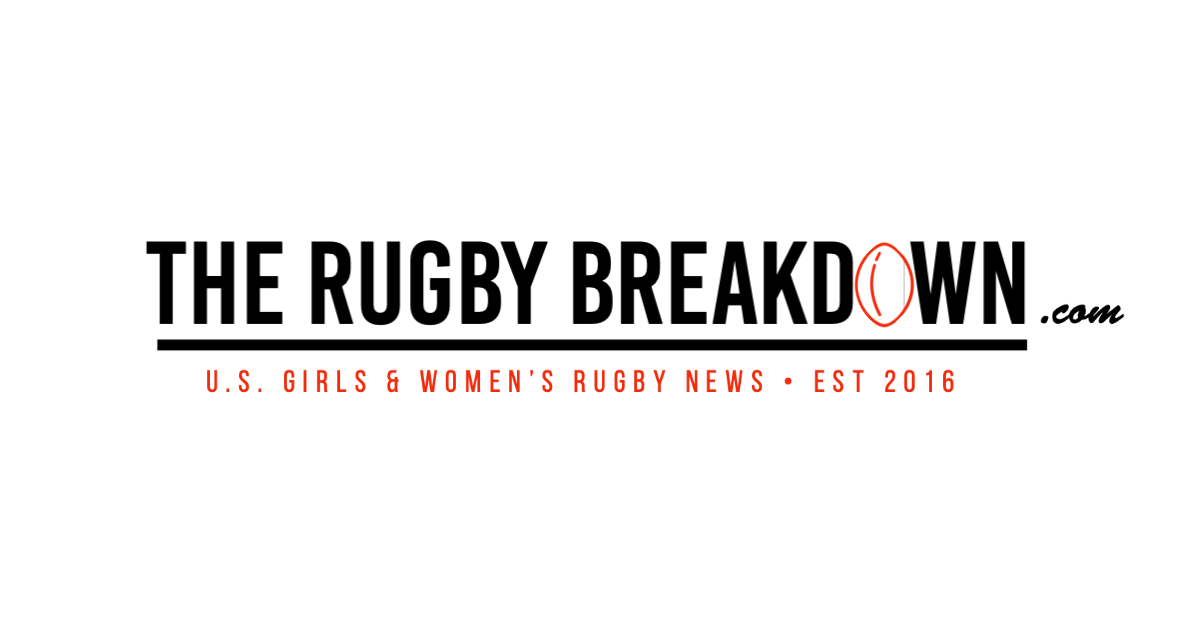
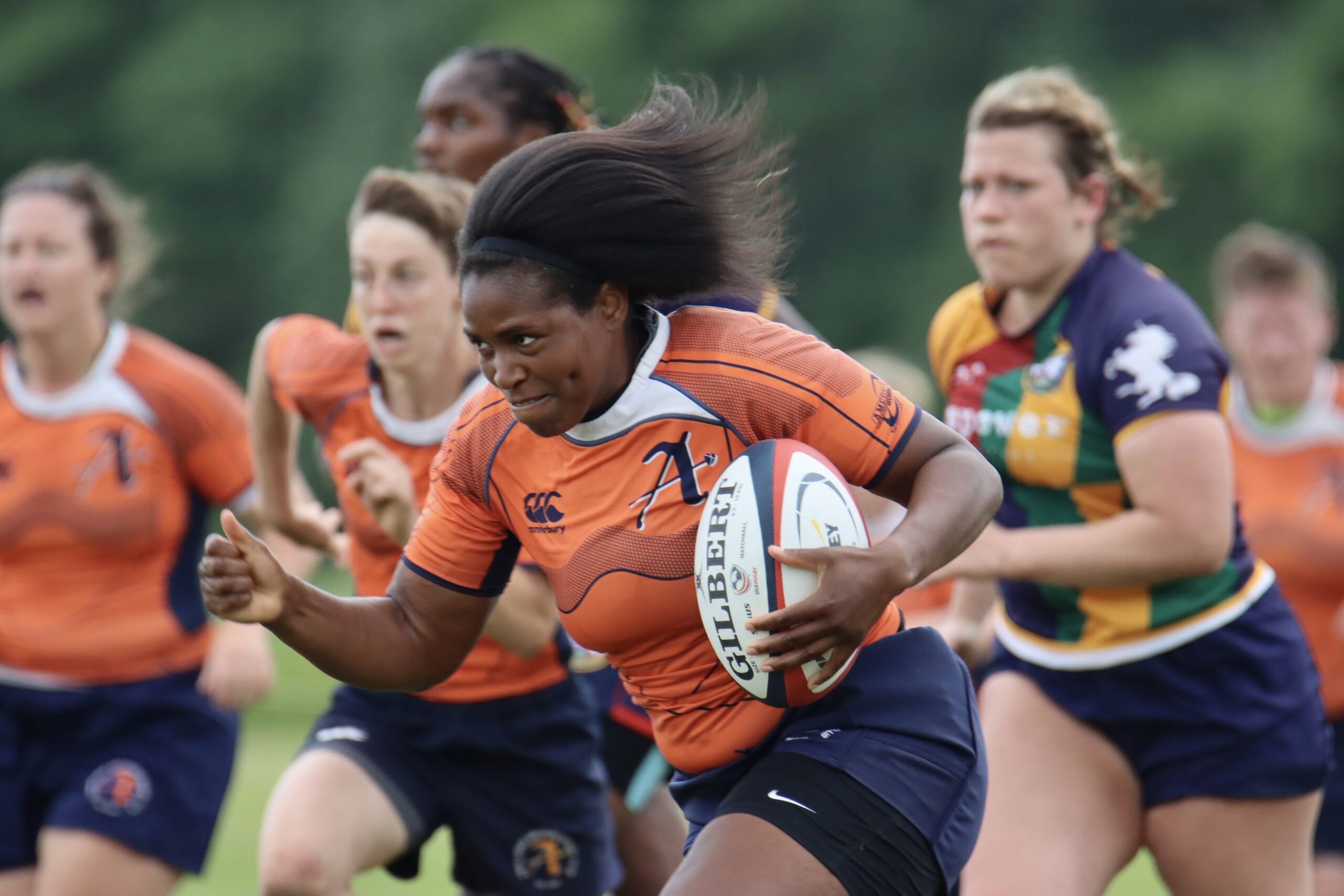

All Comments
Pingback: North Shore’s Sanford: The WPL, 7s Balancing Act - The Rugby Breakdown
Pingback: WPL Expanded Schedule is Layered With Upgrades - The Rugby Breakdown